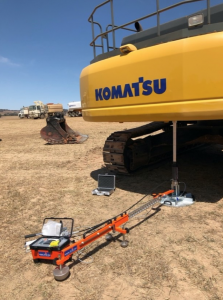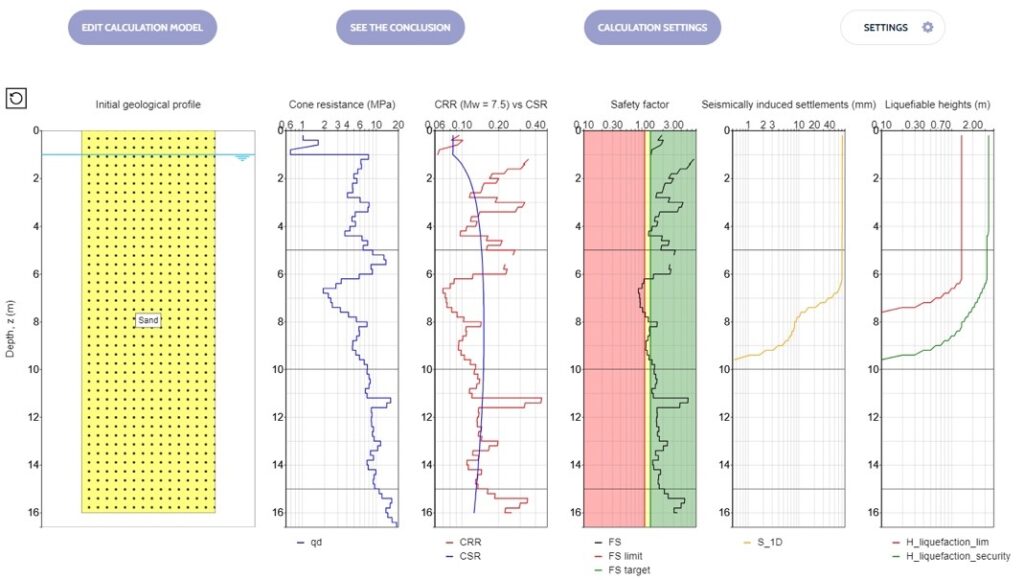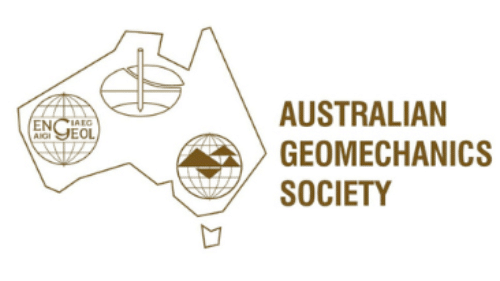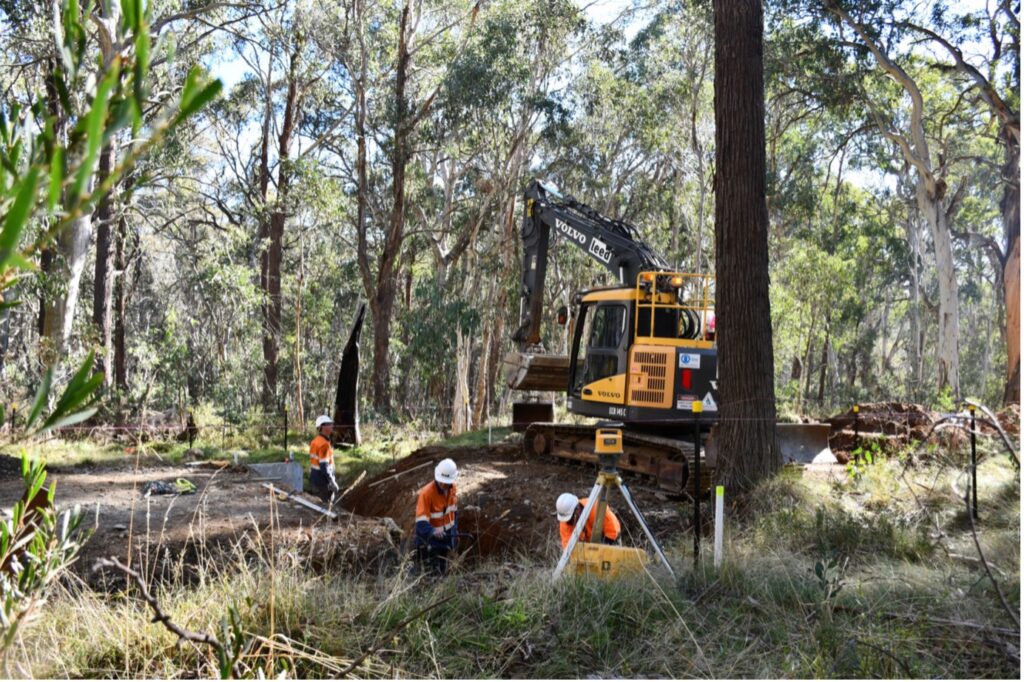Plate Load Test speeds up Wind Farm Geotechnical Testing – Case Study

We find clients are often looking for ways to improve geotechnical testing outcomes and do it more efficiently at the same time. This drives their buying decision making. Australian Soil and Concrete Testing (ASCT) was a case in point when they were searching for Plate Load Test equipment for their upcoming Collector Wind Farm project. Some of the things that motivated them include:
- Faster – reduced time to test and get results – real time if possible so decisions could be made straight away
- Cost effective – ideally a one person operation
- More representative – focused on measuring the fundamental design parameters in the field (comparing like with like)
- Accurate and repeatable
- Without errors through instrumented equipment with data automatically and accurately recorded and results produced by machines to overcome manual data recording, transposition or calculation errors
- GPS located and time stamped – know where and when every test is done
- Visually presented results (e.g. graphical)
- Improved safety
ASCT were aware of traditional methods of plate load testing available with the associated safety, time (2-4 hours just to setup and do the test plus data analysis adding significant additional time) and data integrity issues.

Traditional Method

Modern Method
For this project, they needed Plate Load Test equipment that was suitable for pavement, foundation and temporary works platform (crane pad) investigation.
They needed to measure the load-deflection relationship and the strain moduli of the first and the second loading cycle, Ev1 and Ev2, enabling them to determine the allowable bearing capacity.

The German designed and manufactured AX01 Plate Load Test came on their radar, initially attracted by the short operation time (approx. 20-30 mins per test including setup, test & results graphing). They realised that, with the volume of testing required for the Collector Wind Farm, the return on investment (ROI) would be very short. GPS located data being captured and analysed electronically on the spot was also very attractive.
Now their Plate Load Test gear is popping on other large infrastructure projects like Snowy 2.0.
Australian Soil and Concrete Testing (ASCT) provides Construction Material Testing to infrastructure projects throughout Australia.
To find related videos, technical standards and research papers please visit the AX01 Plate Load Test section of our website.
The Light Weight Deflectometer (LWD) was first used in 1998 by the Minnesota Department of Transportation (Mn/DOT) at the Minnesota Road Research Project. Starting in 2005 the LWD has been used by Mn/DOT as an acceptance tool for the compaction of roadbed and miscellaneous embankment and trench construction, culvert treatments and other tapered construction.
Insitutek is our partner overseas for our test equipment. Ask them for a presentation or training for our products. I am sure you will be satisfied. They are a reliable and very kindly partner.
I would hate to go back to doing the Plate Load Test using the old method using dial gauges. It would be so time consuming, not to mention manually recording and then processing all the results.
Insitutek Blogs
We are excited to introduce the addition of a new Liquefaction Risk Estimation module in WebSprint©. Paired with our cutting-edge products, PANDA® and GRIZZLY®, this module enables you to assess the liquefaction risk of soils exposed to seismic stress. PANDA® Instrumented DCP: This cutting-edge tool provides dynamic penetrometer soundings, delivering precise data crucial for seismic risk evaluations. GRIZZLY® […]
The Australian Geomechanics Society is gearing up for a series of geotechnical events across VIC, WA, NSW, and SA-NT. We are thrilled to inform you that we will be sponsoring and attending these exciting geotechnical events, and we would love for you to join us. It’s a fantastic opportunity to catch up, explore our booth (VIC), and stay informed about […]
In an industry set with challenges of staff and skills shortages, and unrealistically low pricing for some traditional test methods, our approach as an industry needs to change. What we are measuring and the time between tests being done and results delivered back to the construction team are both important considerations. Recently, I sat down […]




